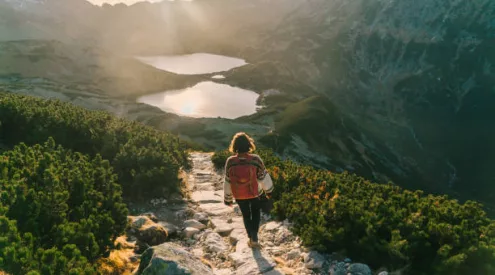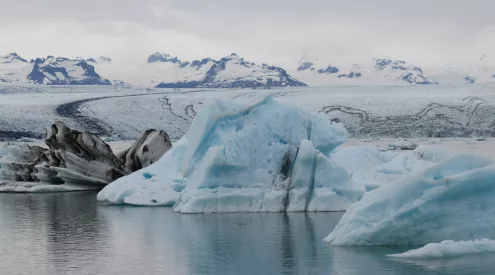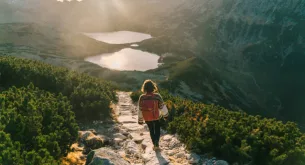Late last year, William Ole Seki, a Maasai elder, ascended to the top of a dry, grassy Tanzanian hillside where about a dozen Maasai had gathered. From there, the Ngorongoro conservation area’s 2m acres (809,000 hectares) of woodland and plains expand to the horizon in every direction. Cattle and zebras graze on dry tufts of grass, near small clusters of bomas (traditional Maasai houses).

Picture: Getaway gallery
To the south, a road sweeps Toyota Land Cruisers carrying tourists to the gates of the Serengeti national park. In the distance looms the Ol Doinyo Lengai, the Mountain of God, a sacred place of worship for the Maasai, a semi-nomadic pastoralist ethnic group who live in Tanzania and Kenya.
Ole Seki points out that the construction of new school bathrooms has been halted since the government banned imports of building materials into the area. Just beyond that, he can point to the region’s only hospital, which is under threat of closure. Further to the north, Ole Seki says, are two villages that have been without water for weeks. ‘This is really becoming a war zone,’ he says.
For decades, Maasai communities adjacent to the park in northern Tanzania have faced eviction attempts to make way for a game reserve and, the government says, help protect the environment.
In 2017, in Loliondo, about 100 miles (160km) north of the Ngorongoro conservation area, government security forces burned 185 Maasai houses along the park border in what rights groups called a forced act of eviction. The government said the houses were built inside the park, a claim upheld by the east African court of justice. Similar eviction attempts were made in 2003 and 2007, according to Joseph Oleshangay, a lawyer with the Legal and Human Rights Centre, Tanzania’s human rights advocacy organization. Last year, Maasai communities in Loliondo protested when police began demarcating 580 square miles (1,500 sq km) of their land for a game reserve. According to witnesses, police opened fire, stole cattle, and destroyed property. One police officer died, more than 30 Maasai were injured, and thousands fled into Kenya.
In Ngorongoro, a type of protected area created in 1959 that allows tourism and grants Maasai communities and their cattle permanent residence, the approach has been less confrontational. Human rights lawyers and Maasai leaders allege that the government is using a quieter, more tactful approach to force about 70,000 people out of their homelands by cutting off access to water, healthcare and education. Meanwhile, the government is offering a troubled relocation scheme to move Maasai “volunteers” to resettlement sites in Msomera, in Handeni district, and Kitwai, in Simanjiro district, both several hundred miles away.
‘The government is trying to suffocate the communities and make the situation uncomfortable for them,’ says Denis Moses Oleshangai, a human rights lawyer at the Ramat and Jad Law Point law firm. ‘This is a war on the Maasai.’
ALSO READ: More than 70 000 Maasai evicted from ancestral grounds in Tanzania
Follow us on social media for more travel news, inspiration, and guides. You can also tag us to be featured.
TikTok | Instagram | Facebook | Twitter
















